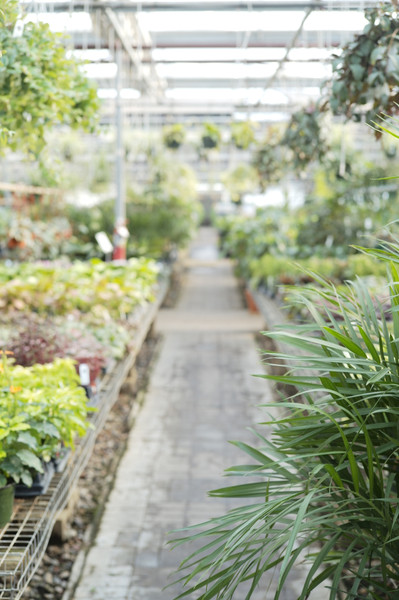Top 10 Blogs of 2023
Posted by Jessie Jacobson on Dec 19th 2023
Top 10 Blogs of 2023
We are constantly finding new ways to educate, inspire, and engage with YOU! In 2023, published 100 blogs to support you in your gardening journey. Let's take a look at the top 10!
Guide to Repotting Indoor Plants
As the days get longer, we experience a welcome increase in sunlight. This signals our plants to wake up and start growing. Now is a great time to think about re-potting indoor plants!
Orchid Care and Repotting
Orchids are some of the most beautiful and often most misunderstood plants. They are actually quite easy to care for and enjoy. Here is the scoop on caring for these beautiful plants.
How to Repel Deer and Rabbits in the Garden
They may be cute while prancing through a meadow or navigating snow in winter, but in the garden, deer and rabbits are far from fun. As new growth emerges, when new plants are planted, or just when that long-awaited bloom is about to open, the top is lopped right off. The best way to get a handle on our furry friends in the garden is to accept that they here to stay, embrace their cuteness, then control for the things we can. Take action before deer and rabbits settle in and make your yard and gardens part of their lunch rotation.
Perennial Care Cards
All of our perennial care cards in one spot!
All About Green Goods
Cannabis is a genus of three species of flowering plants distributed worldwide. Cannabis indica and Cannabis sativa are the two most well known species. The third, Cannabis ruderalis, serves a vital role in breeding autoflower cultivars.
Most cannabis cultivars, or strains, will grow from seedling to harvest-ready flowers in 2-3 months. Some fast-growing strains are ready for harvest in under 2 months. Growers may choose to give their plants a longer growth cycle to produce higher-quality yield. Most cannabis seed packages will indicate time from planting to harvest. As with all things plant-related, conditions determine everything.
All About Hydrangeas
Hydrangeas are a staple in any Zone 4 garden. We love them and can't ever get enough. Their glorious blooms are the sweet reward at summer's end. Hydrangea season is here, and since Minnetonka is the Hydrangea capital of the world, because we said so, you can never have too many. Here is what you need to know to choose and care for the right Hydrange for your location, lifestyle, and garden goals.
Sustainable Lawnscaping
Turfgrass and lawnscapes are a major part of green spaces all over the world. For centuries, they have been used for recreation and formality. These days, the perfect lawn may even indicate prowess and status among suburbanites.
Ultimately, turfgrass equals high inputs of water, fertilizer, maintenance, and mowing - all time-consuming endeavors. Vast landscapes of turfgrass fracture ecosystems while creating vast deserts of unforageable plant life leaving our pollinator friends without their natural food sources.
At Tonkadale, we aren't anti-lawn, we are pro let's do turf a better way. With several sustainable options, you can reduce inputs drastically and/or create a lawnscape fit for a queen - bee that is!
MN Native Perennials
Native plants are an excellent choice for the home garden as they are best adapted to our local climate and growing conditions. Additionally, native plants are great sources of pollen, nectar, and seeds for native pollinators, birds, and other animals, and provide great habitat for wildlife.
10 Tips for Pollinator Planting
Pollination is a vital ecological process that involves the transfer of pollen between flowers. Pollinators are insects or animals that aid in pollen transfer, including bees, butterflies, hummingbirds, moths, ants, beetles, flies, wasps, and bats. A garden that is beneficial to pollinators in all life stages of life helps to sustain populations and provides numerous benefits to both humans and the natural environment around us.
Seed Starting Essentials
Starting seeds indoors gives you a jump on the growing season and also the chance to grow whatever varieties you can get your hands on! It’s really easy. All you need is a few simple supplies, basic knowledge, and seeds. Start small. Build on your seed starting routine as you gain experience and confidence starting seeds indoors.

